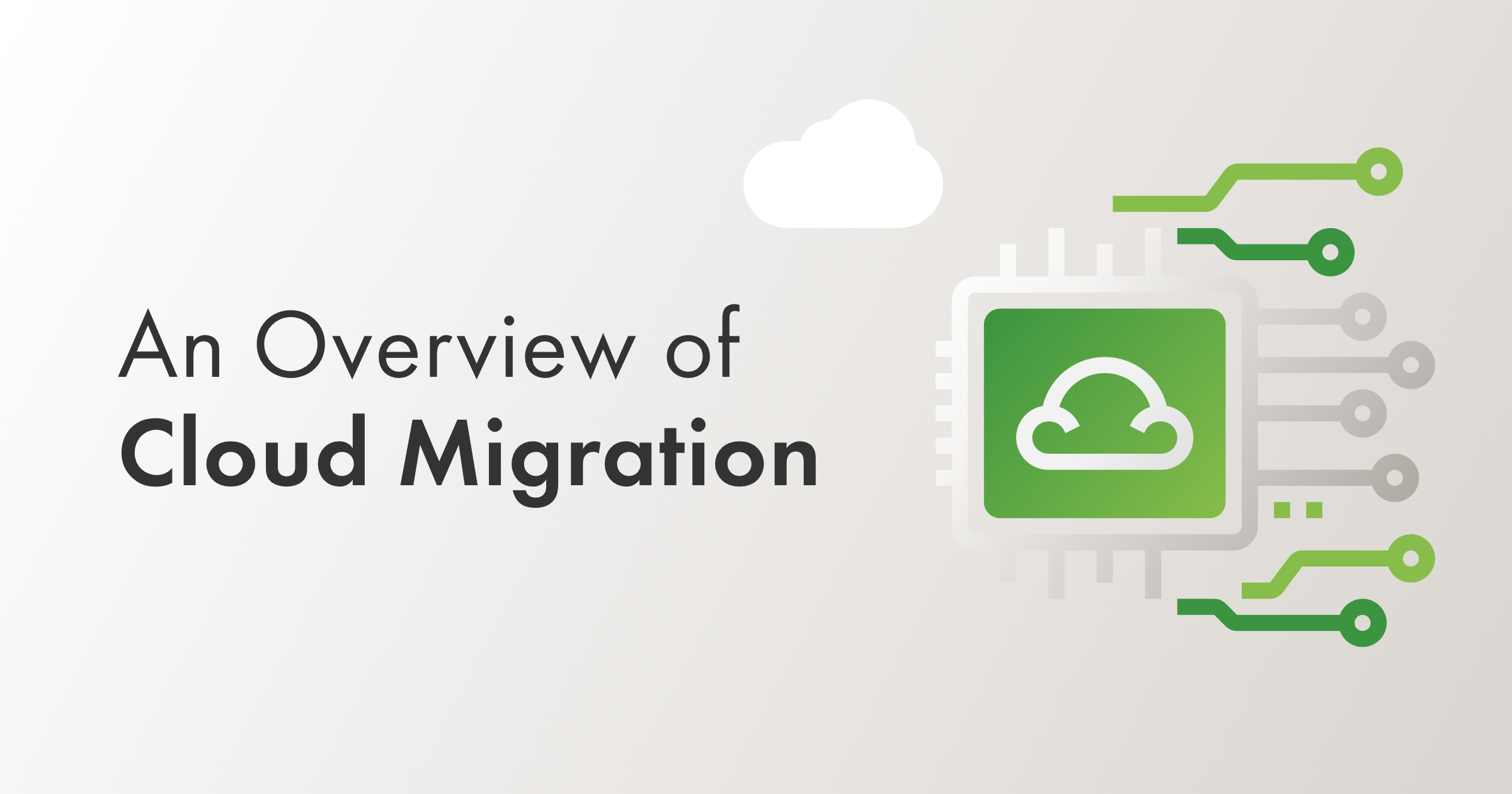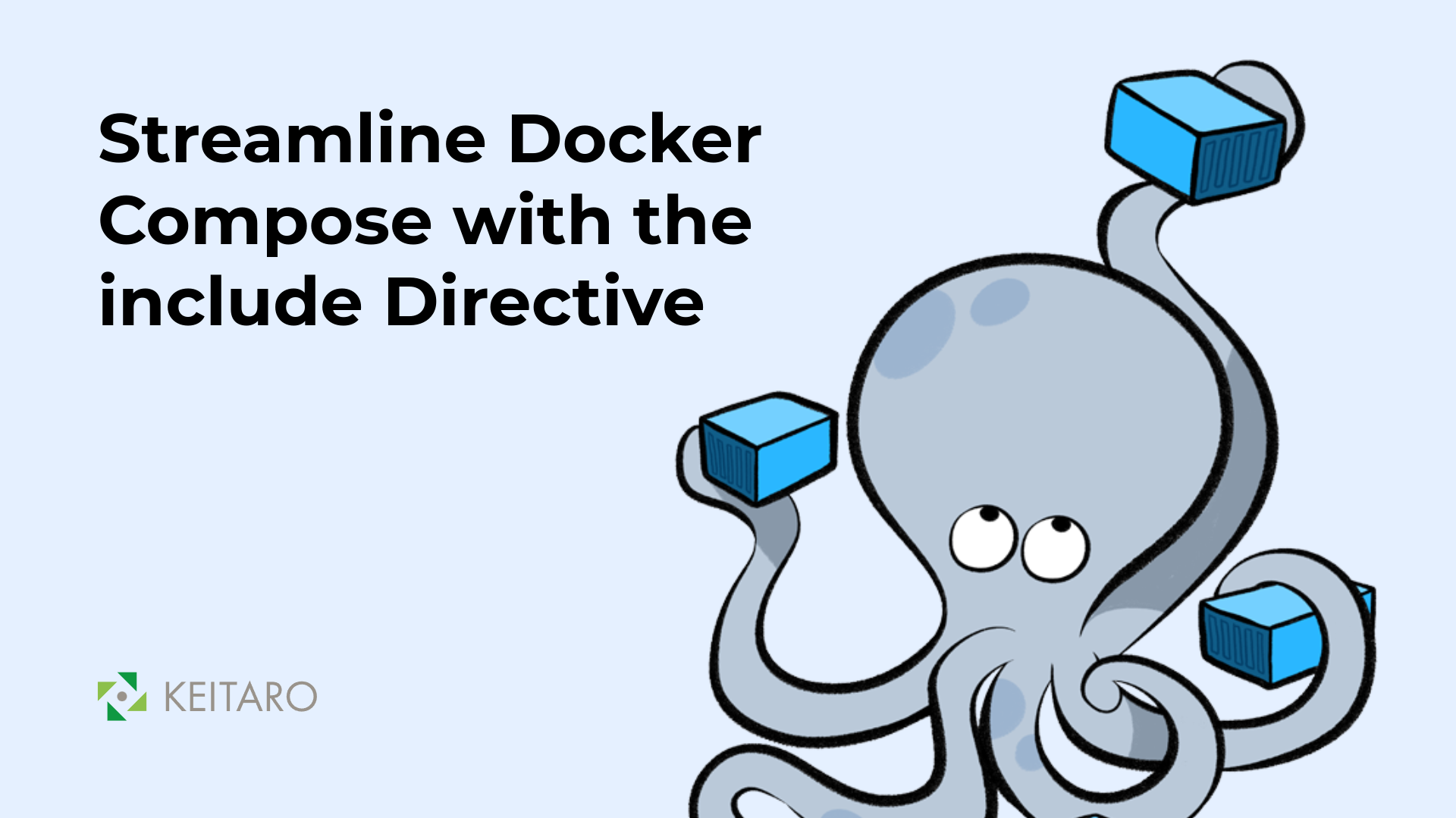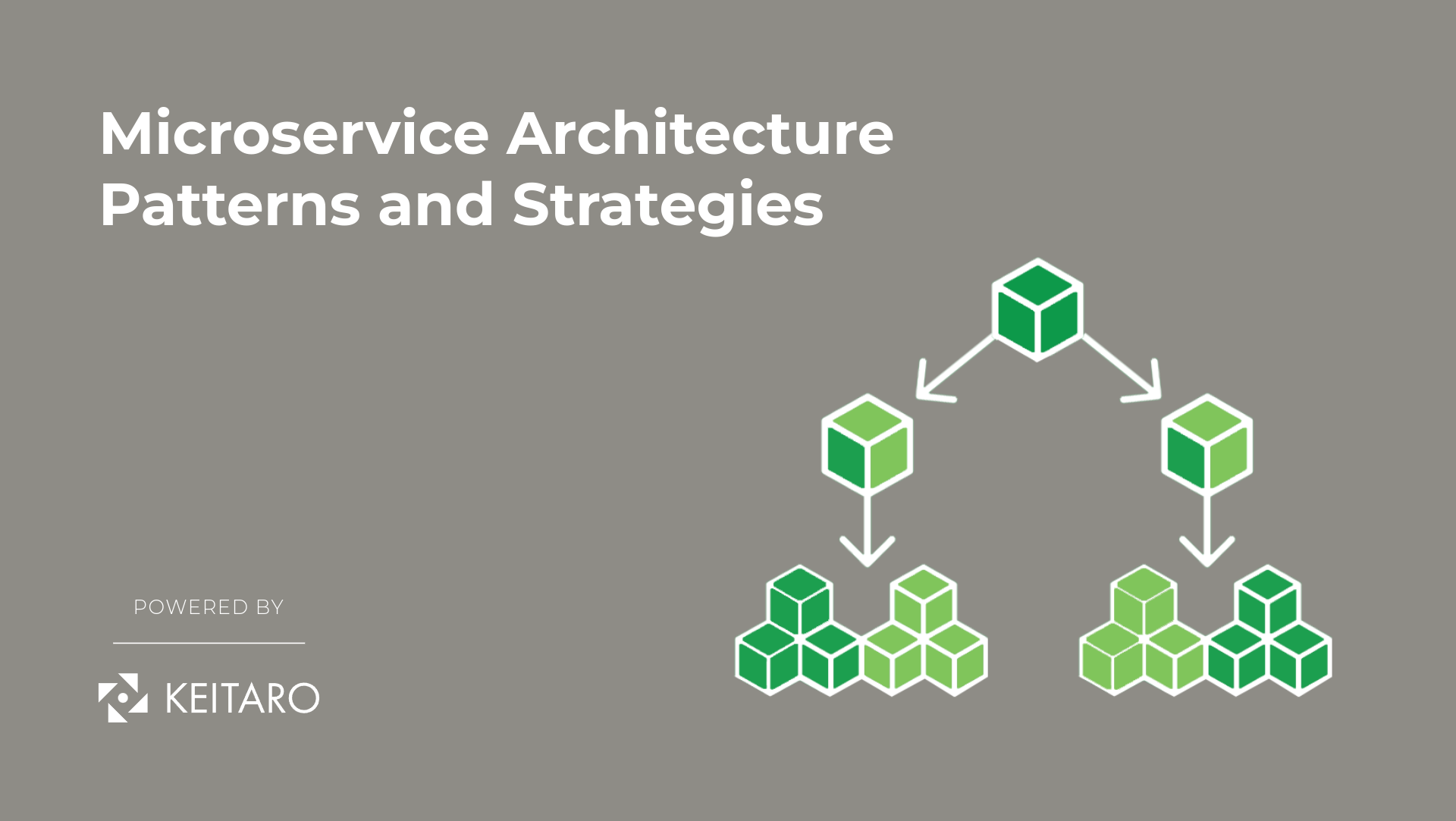In the present era, the word “cloud” is trending in the business world. Organizations are paying significant attention to the cloud and most of them have already shifted some workloads to it. Cloud adoption is becoming common and often necessary practice. In this blog, we will present an overview of cloud migration to help you understand the basics behind it and its significance.
What is Cloud Migration?
Cloud migration is a process of relocating some or all of the organization’s applications, data, and other workloads from on-premises IT infrastructure to the cloud. This enables the organizations to focus more on their core business instead of on the maintenance of their IT infrastructure.
Process of Cloud Migration
The process associated with cloud migration varies is unique for each organization, and depends on various factors such as type of migration, resources to migrate, budget allocation, etc. But the common elements of cloud migration include:
- Evaluating migration-related data and security needs.
- Deciding on the cloud service provider.
- Estimating the cost associated with cloud migration and future management.
- Evaluating any reorganization of business infrastructure.
Cloud migration without proper planning often translates into higher costs and unmanaged workloads. There are multiple models available for organizations to perform cloud migration. A simple model is the lift and shift migration where the organization workloads are directly migrated from local servers to the cloud without any redesign. The other model involves application refactoring before performing cloud migration. This model can get quite expensive because of all the developer effort it involves to make the application more “cloud ready”.
Organizations have different methods to migrate data from on-premises to the cloud on their disposal. They can migrate data using the public internet or use a private internet connection. This also involves using cloud migration tools to make the whole process more smooth. The other less common way is migrating data offline, where the organization first uploads the data to a portable drive and then dispatches it to the cloud provider. Afterwards, the cloud provider uploads the data from the portable drive to the cloud.
After completing the cloud migration, the IT staff’s next focus shifts towards performance, stability, cost effectiveness and smooth workflow in the cloud.
Benefits of Cloud Migration
Moving to the cloud opens the door to many benefits:
- Scalability: Organizations are flexible to scale their IT infrastructure vertically or horizontally with minimal effort according to their needs. Whether it is a larger storage requirement, more CPUs or memory per server, or provisioning 100 servers for some transient workload, this is all available with a few clicks or a bunch of CLI commands.
- Accessibility: Being in the cloud means being available from anywhere, anytime. The major cloud providers offer unmatched network performance and top-notch SLAs so we can rest assured that our servers and applications are in good hands and our customers are not left hanging because of various outages.
- Business Continuity: On-premises data is more vulnerable to data loss and service outage due to natural disasters, hardware malfunction, software failures, cyber-attacks, etc.
Moving to the cloud significantly lowers the probability of such incidents and takes the business continuity to the next level.
- Cost-Effective: Even though on the surface the cloud seems very expensive, when we dive deeper into the capital and operating costs associated with our local infrastructure, and make the effort to compare apples to apples, we are often surprised to learn that moving to the cloud translates to significant savings on the long run. Especially if we pay attention to optimize costs based on our real resource demands and avoid having unused resources laying around.
Impact of Cloud Migration on Future Businesses
In the modern world, the success of businesses is unavoidably associated with how much they are ready to embrace modern technology. When a business grows, its IT infrastructure grows with it. Scaling an IT infrastructure on-premises can be costly and unpredictable. With the on-premise mindset, it was not unusual to over-provision i.e. to buy many servers, or very powerful servers that sleep most of the time to only activate rarely and cover some transient burst workloads. Not to mention we overprovisioned our physical data centers with all the accompanying infrastructure such as the redundant power, network, cooling, fire protection, intruder protection, personnel… so they could accommodate vast numbers of servers and other equipment “just in case”. And even though we might have thought we’ve covered it all, sudden bursts in popularity or some cyber attack can often mean significant service outages and negative business impact.
Migrating to the cloud and embracing the cloud native mindset enables us to avoid such upfront costs and still be able to answer any amount of workload thrown at us. It also puts us on the forefront of modern technology developments and gives us the upper hand in the constant battle with our competition.



